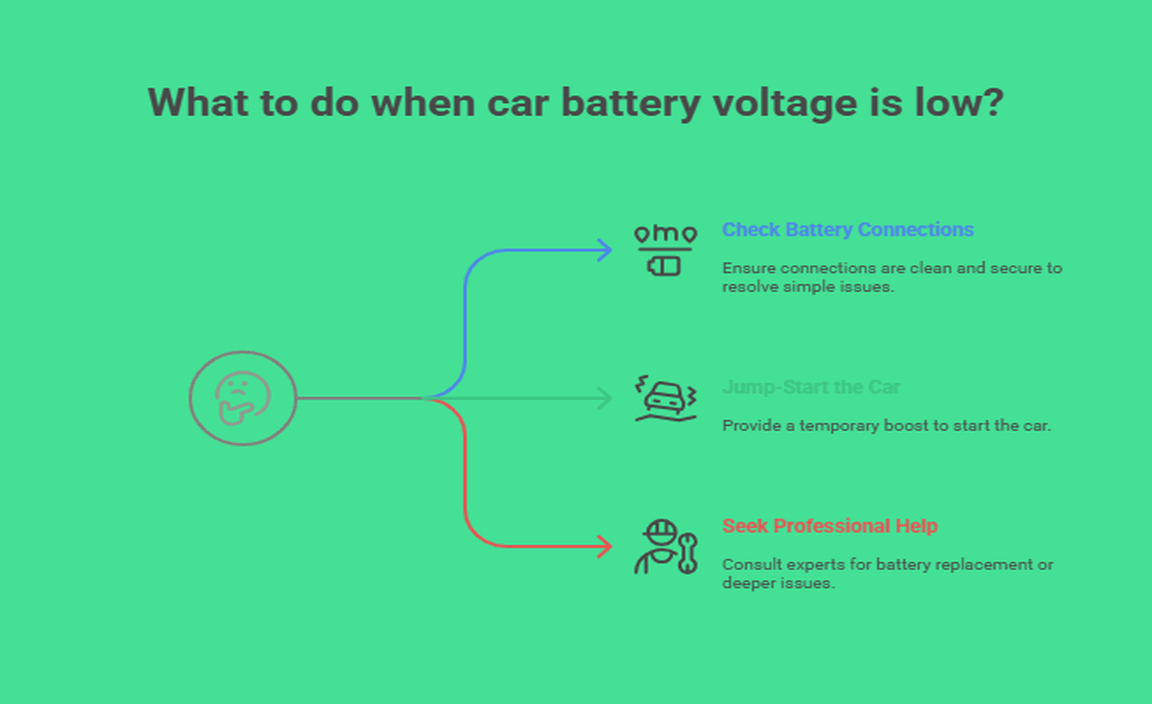Rejuvenate and Flourish: The Complete Guide to Car Battery Maintenance
A adequately cared-for car battery is essential for the efficient operation of your vehicle. It functions as the core of your car's electrical system, supplying power to everything from the ignition to the headlights. Regrettably, many drivers overlook the significance of adequate battery care, resulting in unexpected breakdowns and costly replacements. Whether you drive a mini sedan or a sturdy SUV, understanding how to maintain your car battery can spare you time, money, and frustration in the long run.
In this guide, we will explore useful tips and best practices to ensure your car battery remains in top condition. From regular inspections to cleaning terminals, we will cover everything you need to know to maintain your battery healthy and extend its lifespan. By following these straightforward maintenance steps, you can ensure your vehicle is always ready to hit the road when you are. Let’s delve into the world of car battery maintenance and learn how to restore and prosper on every journey.

Grasping Vehicle Power Sources
Automobile batteries are vital elements of all vehicle, supplying the electrical energy needed to start the motor and operate various electric systems. Most automobile batteries are lead-acid, that consist of lead plates and a sulfuric acid electrolyte. This configuration allows for a consistent supply of energy, but it also needs routine care to guarantee peak functionality and durability.
An important crucial key aspects of recognizing vehicle batteries is recognizing their lifespan. Generally, a automobile power source survives for a period of 3 to 5 annum, depending on factors such as operating environments, weather, and how it is used. Extreme temperatures, both hot and frigid, can greatly influence a car battery's function, leading to a decline in effectiveness and possibly causing failure. Consistently inspecting the car battery's condition can help you prevent unforeseen breakdowns.
Maintaining your vehicle power source requires a few easy yet important steps. First, keeping the battery connectors free of dirt and free of corrosion is important. Corroded connectors can hinder the passage of current, making it harder for the vehicle to ignite. Moreover, securing that the power source is firmly mounted stops vibrations that can harm inner parts. Through recognizing these fundamentals, you can maintain your automobile battery in good working order and extend its longevity.
Tips for Maintenance for Extended Life
To ensure the longevity of your car battery, regular inspection is essential. Start by checking any signs of rust on the terminals, which can hinder performance. A mixture of baking soda and H2O can be used to clean any corrosion; simply apply it with a scrubber and rinse with clear water. Additionally, make sure the battery terminals are tightly secured to prevent any problems. Regularly inspecting your battery can help you catch potential issues before they become critical.
Maintaining your battery charged is another vital aspect of care. If you often make short trips, your battery may not have enough time to fully recharge. Consider using a battery maintainer or trickle charger if your vehicle is not used regularly. During yuasa battery , ensure your battery is at full capacity, as cold temperatures can significantly lower performance. Pay attention to the age of the battery; most have a lifespan of around three to five years, so changing it prior to failure can save you from unexpected malfunctions.
Lastly, ensure that your battery is securely mounted in the engine compartment. A wobbly battery can lead to vibrations that may cause early deterioration or harm. It is also a wise choice to keep the battery clean and free of debris, which can affect its performance. Ongoing maintenance checks and keeping the environment tidy will provide a stable environment for your battery, ensuring optimal performance for years to follow.
Signs of Accumulator Malfunction
Noticing the signs of battery failure can spare you hours and prevent unforeseen breakdowns. One of the earliest indicators that your car accumulator may be defective is difficulty in starting your vehicle. If you notice that the motor is slow to crank or if you hear a clicking noise when turning the ignition, it may be a sign that your accumulator is losing its capacity to retain a charge.
Another prominent indicator is the instrument panel warning light. Most cars are fitted with a accumulator warning signal that illuminates when there is an issue with the power system. If this indicator appears while driving, it is important to have your battery and charging system inspected immediately to prevent potential roadside issues or further damage to your car.
Lastly, tangible indicators of accumulator deterioration should not be overlooked. Check for any oxidation on battery connections, deformed accumulator housing, or fluid leaks. These problems can influence the functionality of your accumulator and suggest that it might need to be changed. Routine inspections can assist detect these issues early, ensuring your car stays reliable.